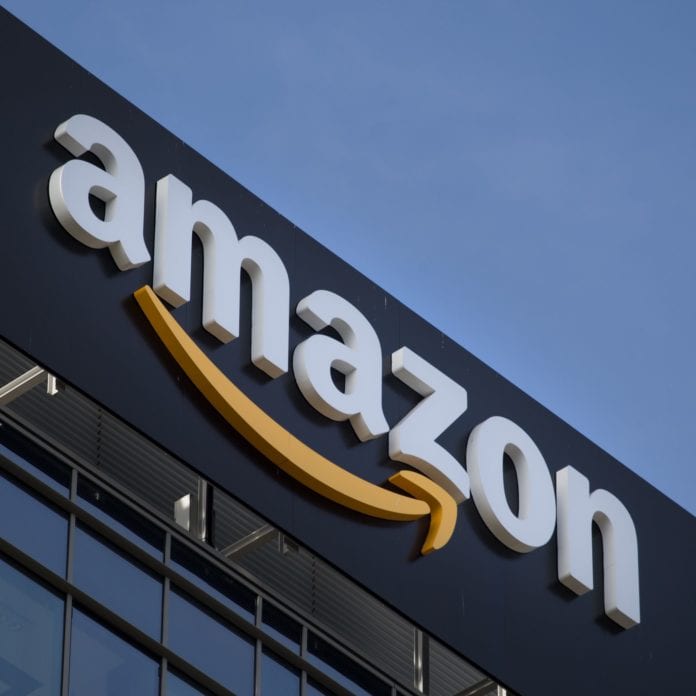AWS exec: ‘The edge of the cloud is expanding’
Amazon Web Services (AWS) this week announced a two-year global expansion of its Local Zones. AWS will triple the company’s number of Local Zones from its current footprint of 16 to a total of 48, spanning North America and Latin America, Europe, the Middle East, Africa and the Asia Pacific region.
New metropolitan areas to get Local Zones over the course of the next two years include Amsterdam, Athens, Auckland, Bangkok, Bengaluru, Berlin, Bogotá, Brisbane, Brussels, Buenos Aires, Chennai, Copenhagen, Delhi, Hanoi, Helsinki, Johannesburg, Kolkata, Lima, Lisbon, Manila, Munich, Nairobi, Oslo, Perth, Prague, Querétaro, Rio de Janeiro, Santiago, Toronto, Vancouver, Vienna and Warsaw.
“The edge of the cloud is expanding and is now becoming available everywhere,” said Prasad Kalyanraman, vice president of Infrastructure Services at AWS.
Local Zones are AWS’ implementation of edge computing architecture. The company began rolling them out in May, 2021. They’re extensions of AWS Regions, physical locations around the world where Amazon has clustered data centers. AWS consolidates compute, storage, database and other AWS services closer to end users, moving AWS’s cloud to the edge. It enables low latency communication for gaming, real-time collaboration and a host of other emerging services.
Amazon counts Netflix, Finland mobile gaming powerhouse Supercell, and distributed enterprise database Couchbase among its customers, and provided several use cases. Netflix uses Local Zones to enable low-latency virtual workstations for its distributed teams of in-house artists and designers, for example. Supercell hosts latency-sensitive portions of their game servers there. CouchBase uses them to deliver low-latency database operation and synchronization across the cloud.
Good for latency and data protection
Low latency aside, there’s another important reason for Local Zones, according to AWS – data regulation and privacy concerns.
“Using AWS Local Zones, customers outside the U.S. have the ability to meet data residency requirements in regulated sectors like health care and life sciences, financial services, and government,” said the company.
Amazon also announced that its initial U.S. buildout is complete. In January, AWS announced the general availability of Local Zones in Atlanta, Phoenix and Seattle. They joined thirteen other Local Zones across the U.S.: Boston, Chicago, Dallas, Denver, Houston, Kansas City, Las Vegas, Los Angeles, Miami, Minneapolis, New York City, Philadelphia and Portland.
As AWS builds out its cloud edge, it’s also focusing on improving managed security services for customers. The company in December introduced AWS Cloud WAN, a consolidated Software-Defined Wide Area Network (SD-WAN) platform to help businesses in the cloud manage remote offices and employees. AWS Cloud WAN connects on-prem data centers, branch offices and cloud resources together on AWS’ global backbone, providing private network control and management.

